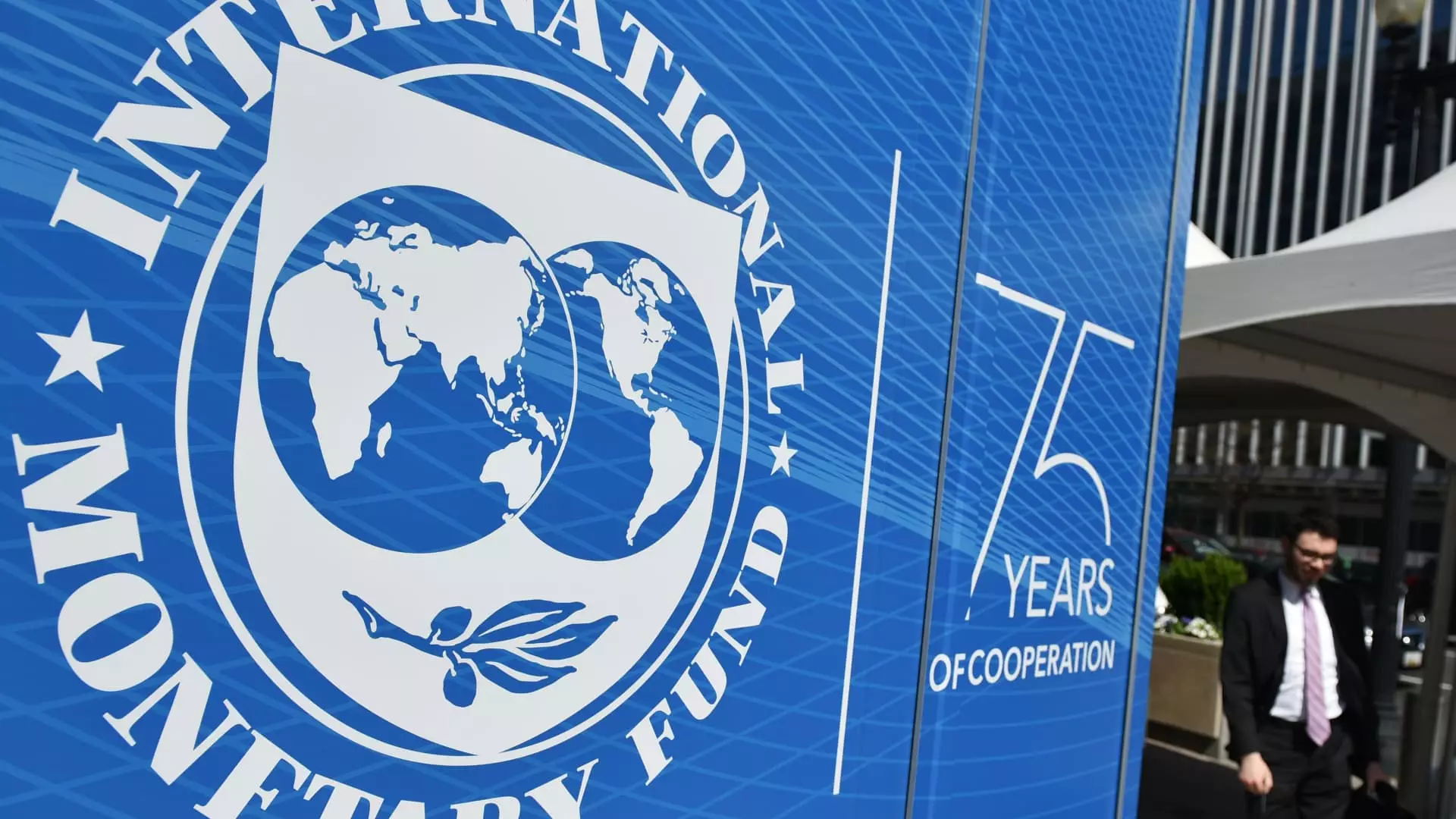The International Monetary Fund (IMF) issued a cautionary warning, stating that the risks of inflation have risen, casting doubt on the potential for multiple interest rate cuts by the Federal Reserve this year. According to the IMF’s World Economic Outlook update, there has been a slowdown in global disinflation momentum, suggesting that there may be obstacles ahead.
The report highlights that the United States has experienced a rise in inflation earlier in 2024, placing it behind other leading economies in terms of the quantitative easing path. This increase in sequential inflation has led market participants to anticipate a rate cut by the Federal Reserve in September. According to the CME Group’s FedWatch tool, there is a 100% probability of lower rates at the September 18 meeting, with expectations of another rate reduction in November.
Despite market expectations, the IMF’s chief economist, Pierre-Olivier Gourinchas, expressed a more conservative view on interest rate cuts. In an interview on CNBC’s “Squawk on the Street,” Gourinchas suggested that a single rate cut by the Fed would be sufficient for this year. He pointed out that persistent services and wage inflation could complicate efforts to bring inflation down.
Gourinchas noted that while strong wage growth and rising service inflation are not necessarily alarming, they do present challenges for the U.S. economy. His comments followed the release of data by the U.S. Labor Department, indicating that the consumer price index had increased at the slowest year-over-year pace since April 2021.
In response to the evolving economic landscape, the IMF has revised its growth forecast for the U.S. economy. The financial institution has lowered its growth projection by 0.1 percentage point to 2.6% in 2024, citing cooling consumption and slower-than-expected growth in the early months of the year.
Overall, the IMF’s warning about rising inflation risks and the uncertainties surrounding interest rate cuts underscore the challenges facing the global economy. As policymakers navigate these complexities, it is crucial to monitor the evolving economic landscape to make informed decisions.

